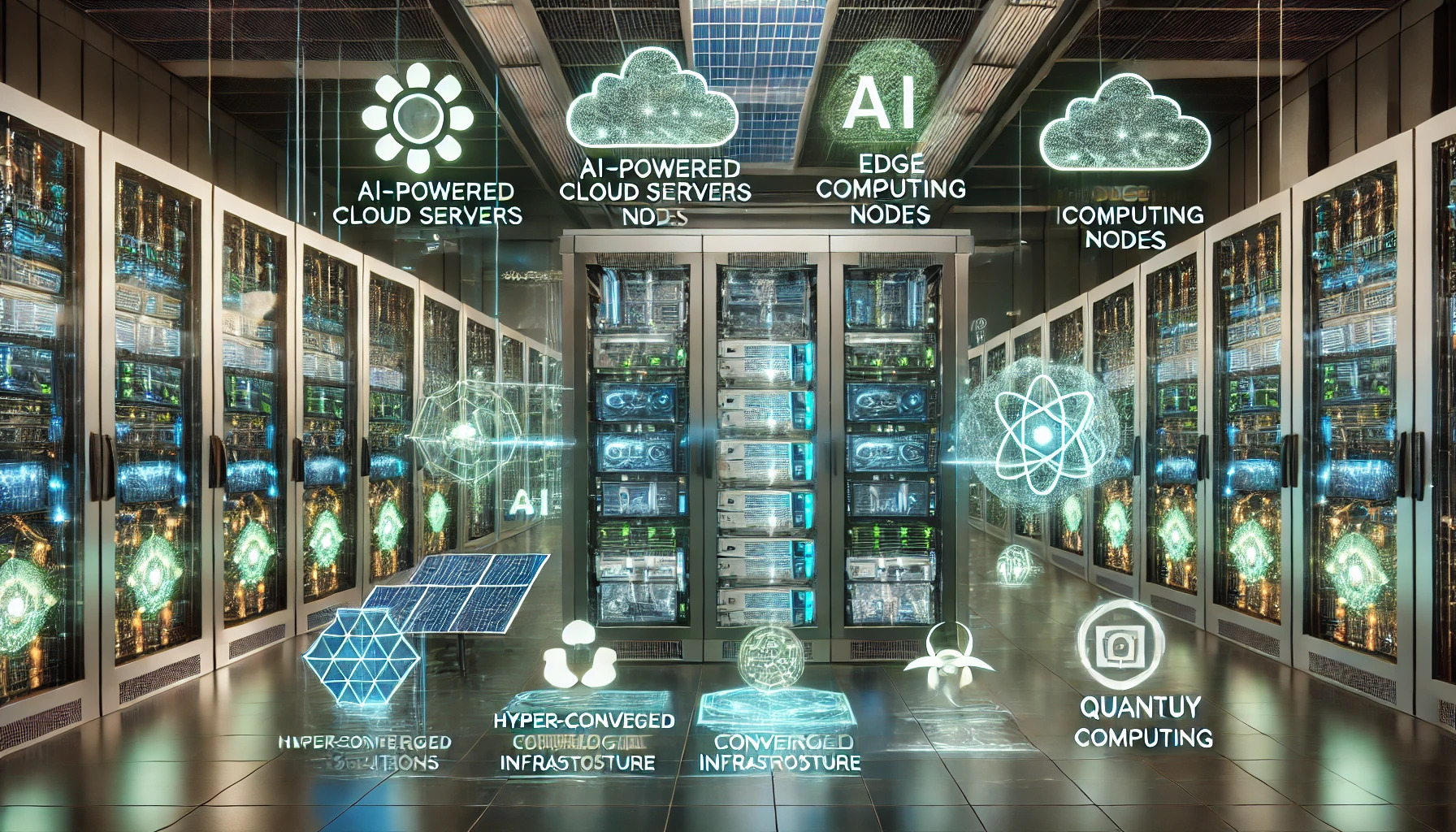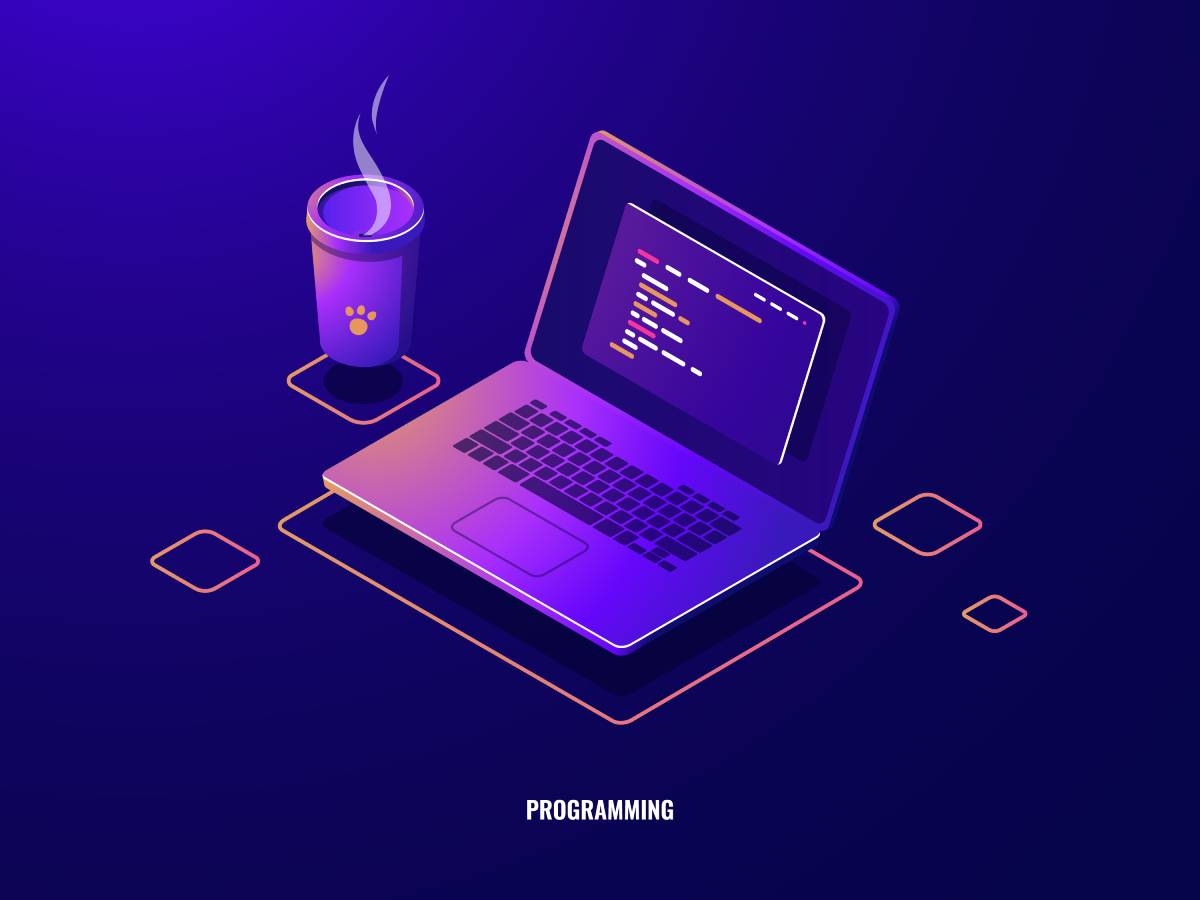The Rise of AI-Powered Coding: Is ‘Vibe Coding’ the Future?
February 19, 2025In a dimly lit coffee shop, Aman stared at his screen, fingers hovering over the keyboard. He was a software developer, but tonight, he wasn’t writing a single line of code. Instead, he was describing what he wanted—”a sleek e-commerce site with an AI-powered chatbot and a smooth checkout experience.” Within seconds, his AI assistant began generating the framework.
Aman watched in amazement. The code was clean. Structured. Efficient. It was as if the AI understood not just his words but his intent—the vibe of what he wanted to create.
This is Vibe Coding—where AI doesn’t just assist but interprets, understands, and builds software intuitively. It’s the next step in the evolution of development, blending human creativity with artificial intelligence. And it’s already here.
What is Vibe Coding?Imagine a world where developers don’t spend hours debugging syntax errors or structuring code from scratch. Instead, they describe their vision in natural language, and AI translates it into executable software. Vibe coding, powered by generative AI tools like OpenAI’s Codex, Google’s Gemini, and GitHub Copilot, is redefining software development.
It’s not about replacing developers—it’s about supercharging them. AI takes care of repetitive coding tasks, optimizes performance, and even suggests design patterns, allowing programmers to focus on logic, creativity, and innovation.
The Impact on Software Development
1. Speed & EfficiencyTraditional development can take weeks. With AI-powered coding, an MVP can be ready in days, accelerating product cycles and innovation.
2. Lower Barrier to Entry: Vibe coding allows non-technical entrepreneurs to prototype their ideas without extensive coding knowledge. It’s breaking down barriers, making software development accessible to everyone.
3. Error Reduction & OptimizationAI not only generates code but also detects inefficiencies and suggests improvements in real time, reducing technical debt and increasing reliability.
Is It the End of Traditional Coding?Not quite. AI can write code, but it still needs human oversight. Developers will evolve into AI supervisors, guiding these tools to ensure quality, security, and efficiency. The future of coding is not about man vs. machine but man with machine.
The Future is Here Aman sipped his coffee, watching his AI assistant refine the last few lines of code. He still had work to do—tweaking, testing, personalizing—but what would have taken days was now accomplished in hours.
The world of coding is changing. Are you ready to vibe with AI?
#coding #ai #vibecoding #AIPowered









